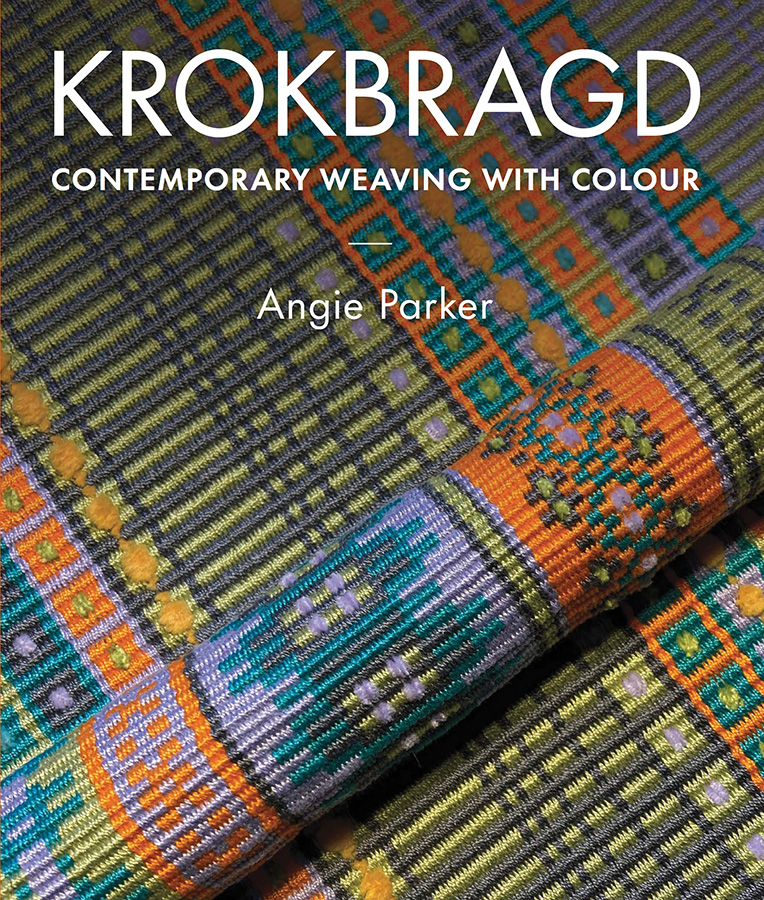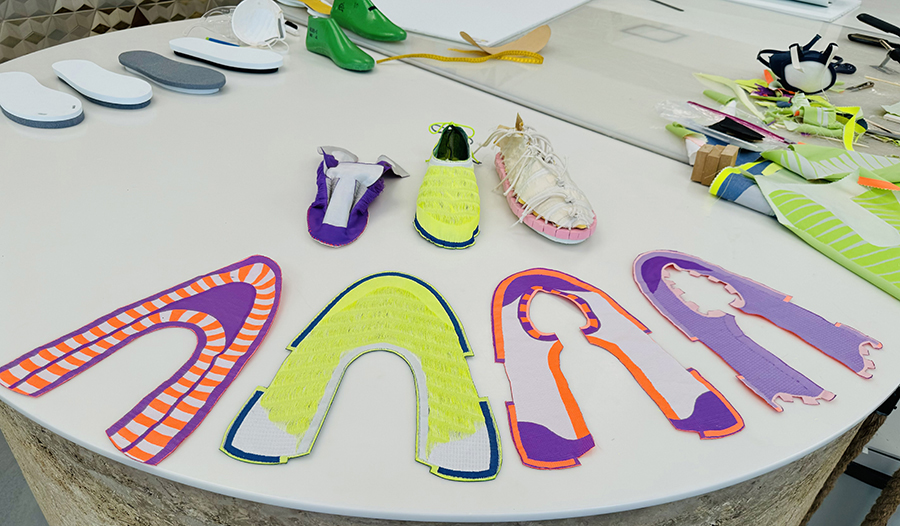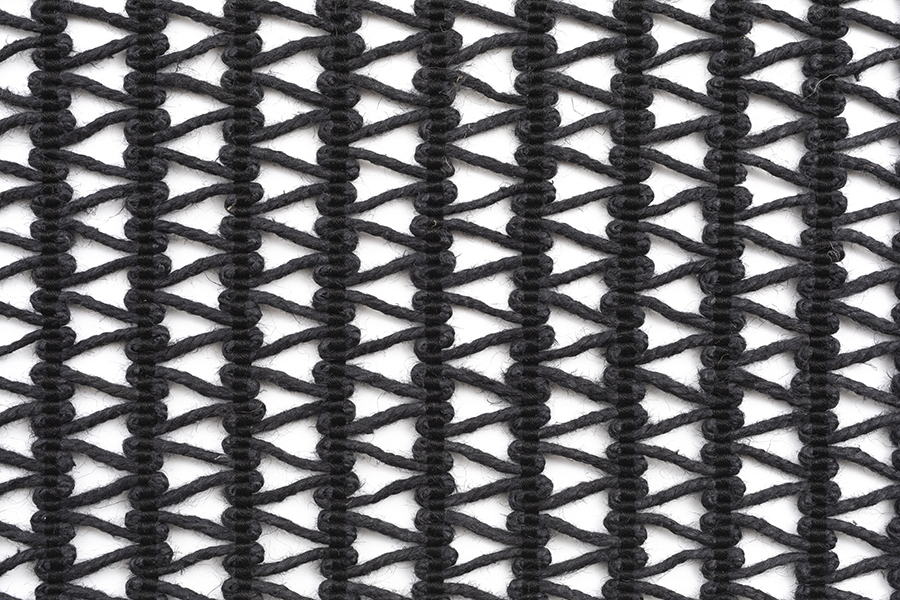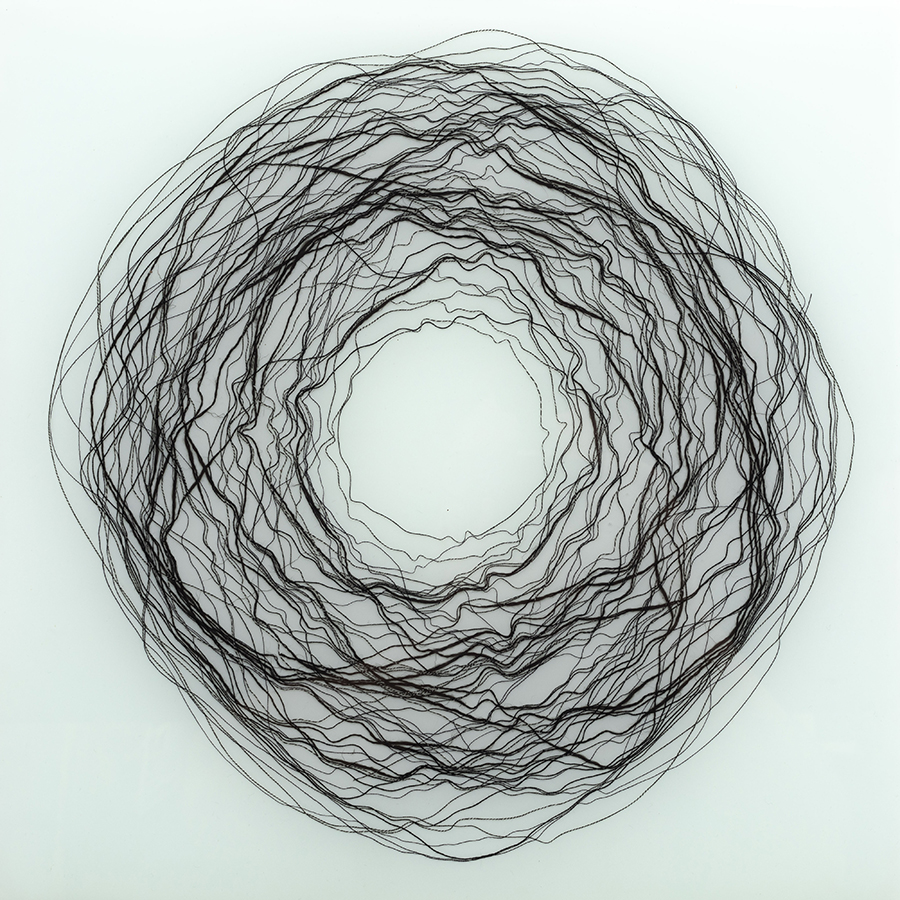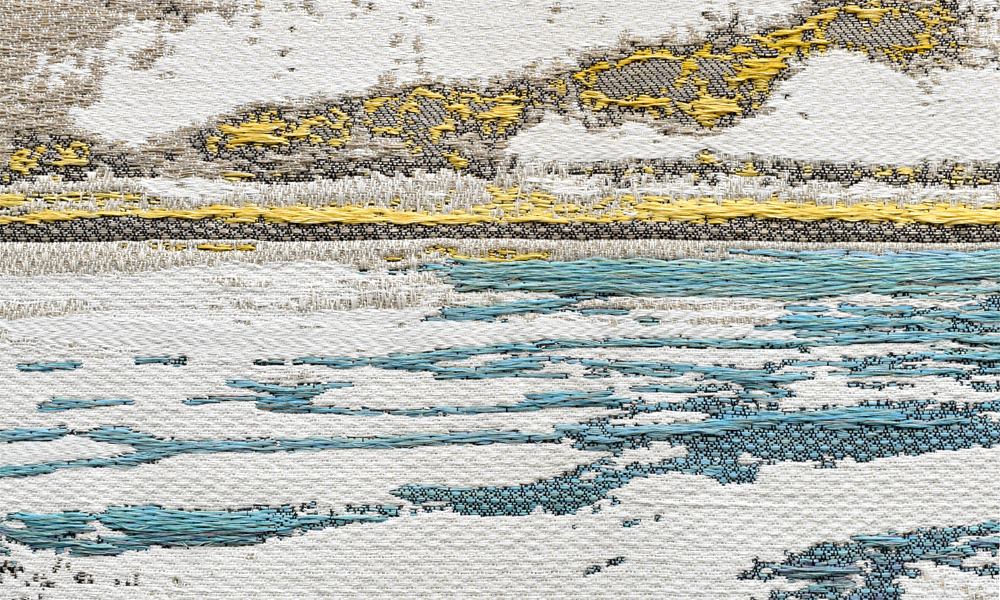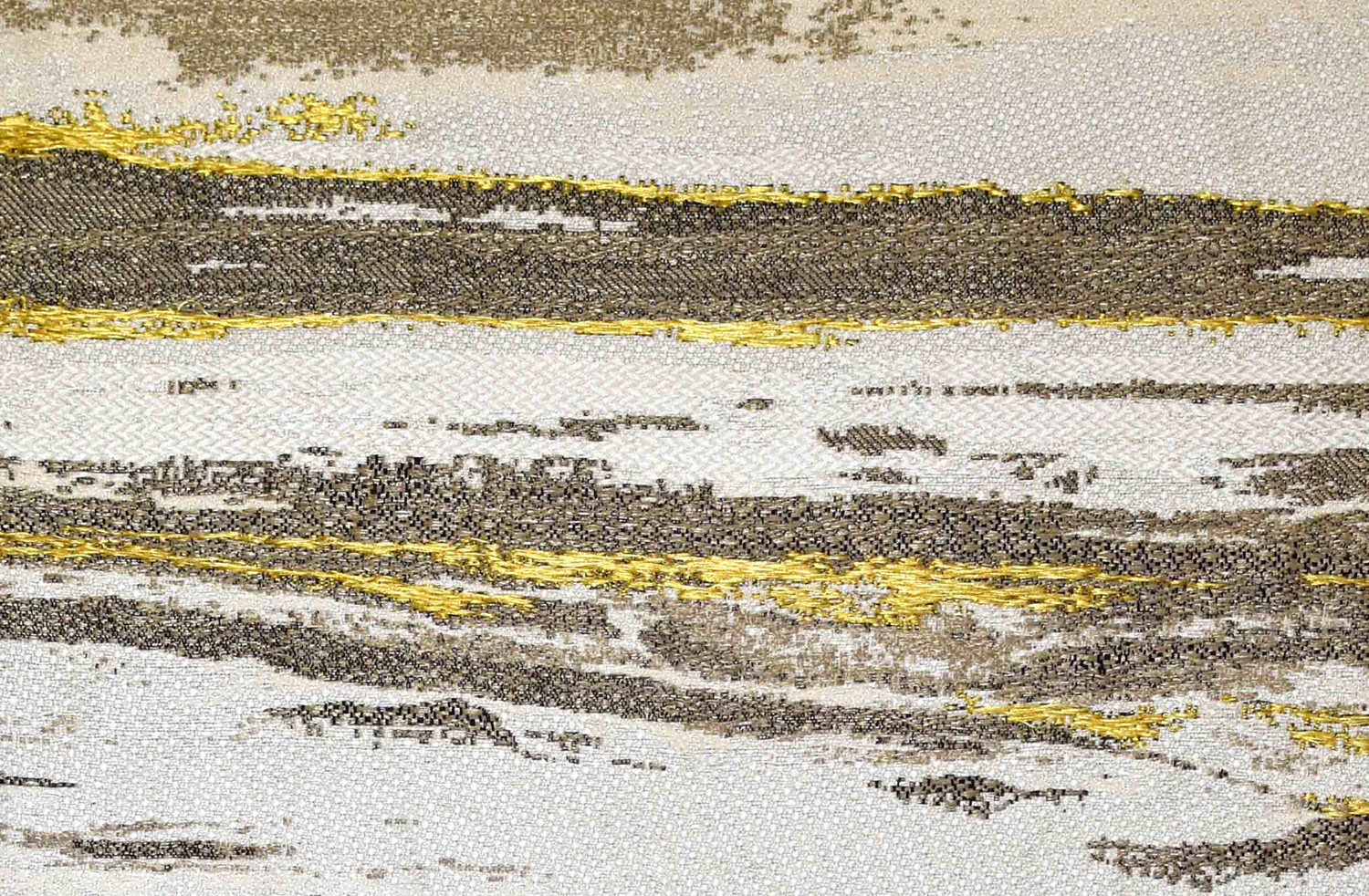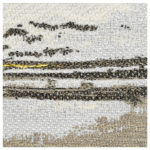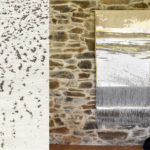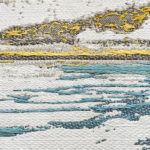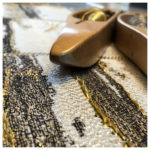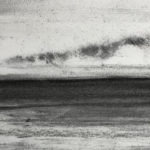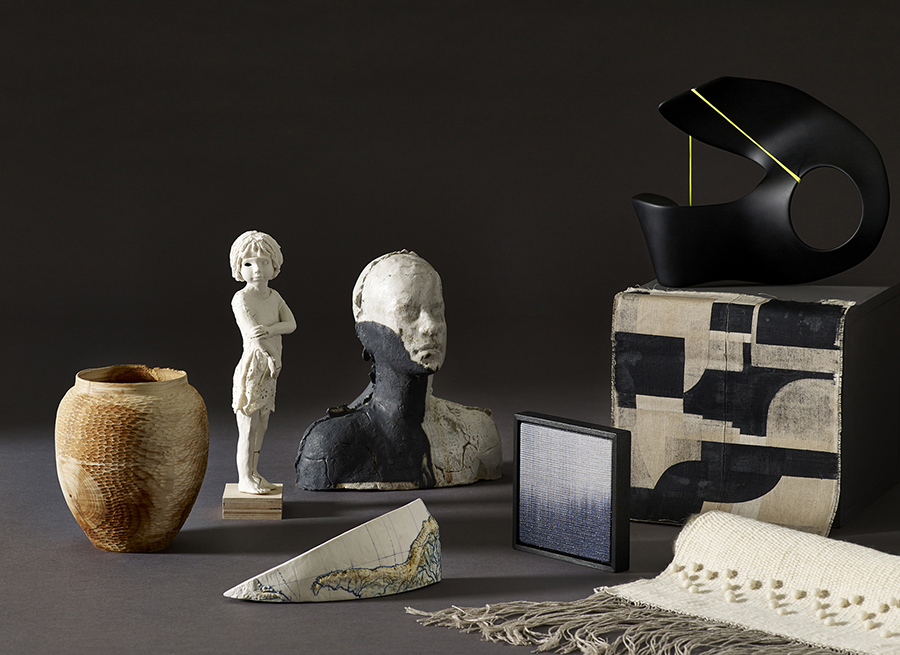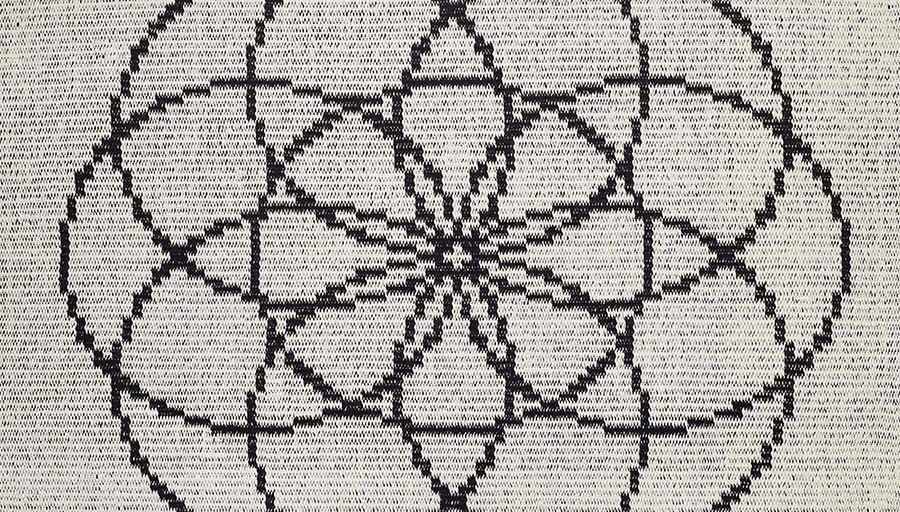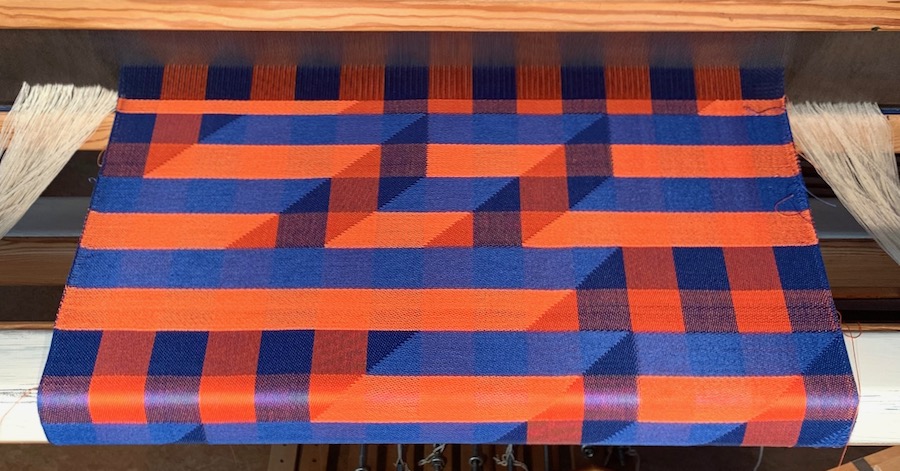 Amélie Crépy is launching her own interior upholstery fabric collection in collaboration with internationally renowned Gainsborough Silk Weaving Company and the natural dye specialists AO Textiles. Woven in 70% linen and 30% silk, this fabric has been exclusively developed with a natural dye derived from oak galls formed by wasp larvae, and will be unveiled for the first time at Amelie’s solo exhibition during London Craft Week.
Amélie Crépy is launching her own interior upholstery fabric collection in collaboration with internationally renowned Gainsborough Silk Weaving Company and the natural dye specialists AO Textiles. Woven in 70% linen and 30% silk, this fabric has been exclusively developed with a natural dye derived from oak galls formed by wasp larvae, and will be unveiled for the first time at Amelie’s solo exhibition during London Craft Week.
Venue:
67 York Street Gallery, London W1H 1QB
Dates: 12-18 May 2025
To fulfil her long held vision to create a fabric using dye from natural dyes, she partnered with AO Textiles and Gainsborough Silks where natural dyes extracted from plants such as madder, weld, and chestnut are used to colour yarn. These yarns are now effectively used for jacquard weaving for the ultimate sustainable luxury. Creating black using natural dyes though had been notoriously challenging for AO Textiles. At Amelie’s request, and after extensive experimentation, they perfected a recipe using Oak Galls and introduced this new biodegradable black dye designed specifically for linen.
Amelie is so proud to be showing this exquisite and unique textile at London Craft Week. It has been an amazing journey and the support from AO Textiles and Gainsborough Silks has been invaluable. Together they have demonstrated that fabrics dyed using naturally derived colour from sustainable sources is not only possible but scalable, repeatable, and of the high-quality required by today’s textile industry. This has also been Amelie’s continued quest: to challenge mindsets and inspire others to consider how art and textiles can contribute to a healthier, more sustainable environment. Continue reading →

